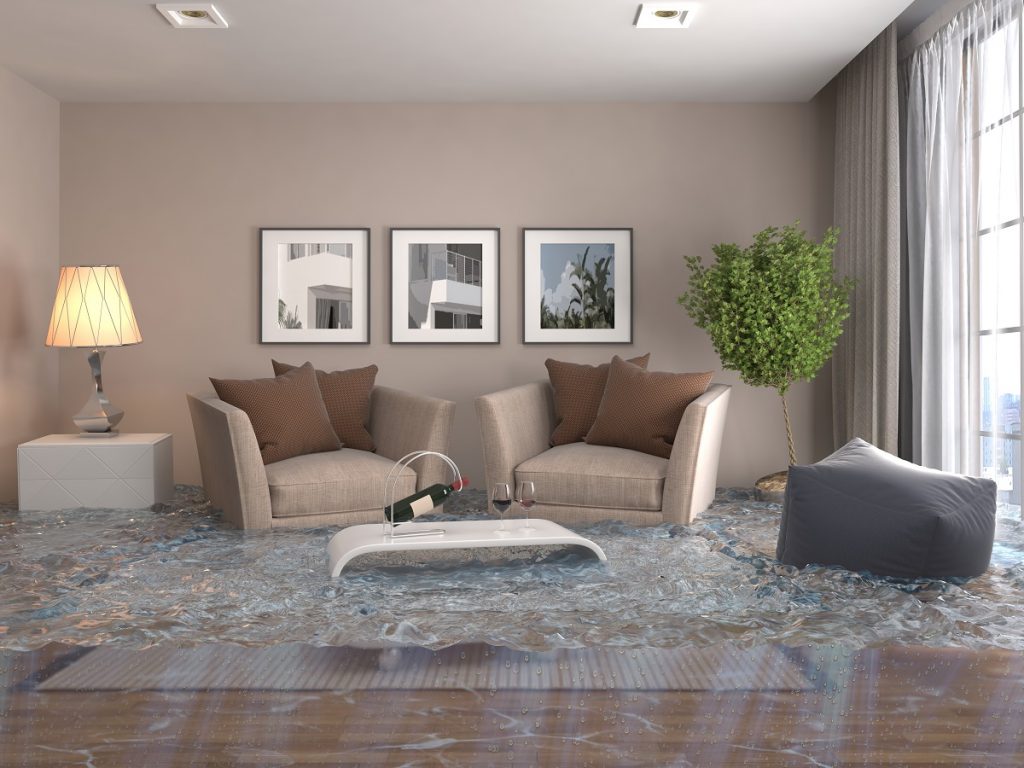When it comes to flooding, most homeowners are focused on making their house seem like it once was before the disaster. Instead of repairing the damage, they prefer to renovate the room. However, it’s not only removing excess water, repainting, or replacing cabinets. Safety should be your top priority when looking to make improvements to your property.
Safety Comes First
First, make sure you stay safe in the event of an enormous home tragedy. In case of severe floods, you may be forced to evacuate your home. Be aware of your personal safety when you get back to your home to start sorting through the effects. Shutting off the power can also be part of this. Make careful to use protective clothing in going inside the house, such as rubber gloves and boots. Other than the water itself, you will also be dealing with anything the water has touched, for example, garbage or sewage. It’s always advisable to protect yourself against the toxins and debris that may have been carried into your home.
If you consume food exposed to flood water or have been stagnant for a lengthy period, you may become sick. It is always better to be safe than sorry; therefore, if the water is at a level where it reached your pantry cabinets or refrigerator, it is highly advisable to throw away the food and just buy fresh ones. Make sure to thoroughly clean your cutlery, glasses, and dishes that may have been in flood.
Get equipment such as rubber gloves, boots, and clothing that provide protection from physical harm. Always wear the appropriate gear to ensure safety, primarily to protect your lungs. When floodwater recedes, all the contaminants remain behind, including raw sewage and toxic chemicals. Paint particles made of lead, a known health hazard, can get agitated, most likely if your home was made in the 1970s. Additionally, the air itself is filled with dust and mold spores. Playing it safe and protecting your lungs is the best approach. People should wear N95 face masks or half-face P100 respirators.
Replace Flooring

It’s best to remove every damaged flooring and subfloor in the house, including tiling, carpeting, hardwood, and laminate. Whether hardwood or laminate, these types of floors will absorb water, expand, and warp, and even the subfloor may be affected. You will need to remove carpeting damaged by water, including the underpad, even with natural fiber. Synthetic carpet won’t serve as a food supply for mold, but OSB (oriented strand board) or wood subflooring will be and will undoubtedly get soaked during the flood.
Even though you have tile flooring, which does not absorb water, the wood subflooring will still not dry out, complete with the tile covering it. When OSB or wood gets wet, mold will likely appear. Always have it removed.
Don’t Forget Hidden Areas
Keep an eye out for any standing water in your drawers and other places in the house. Behind the toe kick of your kitchen cabinets, there may be water accumulating. In the case of a kitchen island, you may also find water accumulation at the base. The toe kick base should have holes drilled to allow water to drain and air to circulate. Toe kicks and cabinet backs can be quickly and inexpensively replaced.
In the 1970s, 1980s, and 1990s, solid plywood was commonly used to construct cabinets, ensuring their survival during floods after drying out. To get rid of the drywall and their insulation, you’ll want to remove the backs of the cabinets but make sure to leave their structures in one piece. A lot of the newer cabinets made of particleboard or press board will have to be thrown. There is no saving for them if they’ve been submerged in water for more than two feet, particularly melamine. As a result, the plastic coating may expand, giving your cabinets the appearance of having pimples. Since plywood cabinets may be reused, it’s always advisable to buy them. You can get all the materials you need from websites such as bannersolutions.com.
Most likely, you can save the interior doors as well. Remove the hinge pins from the doors and arrange them outside, flat on the ground with plenty of space between them to ensure they get a handful of air. They will warp if you stand them up straight. If you want to speed up the drying process, place a fan facing them.
Final Thoughts
As a result of water damage, hay fever-like symptoms such as skin rashes, red eyes, runny nose, and sneezing might occur due to growing mold and inadequate air quality. Your family’s health, as well as the structural integrity of your home, can be harmed if your post-flood restoration isn’t implemented correctly. It’s best to act immediately to prevent further damage, saturation, and the growth of mold spores.







